The evolving business and population dynamics over the last two decades (e.g., population growth, affordable global travel, global distribution channels) make our world more interconnected than ever before. This increases exposure and, in turn, the likelihood of more frequent disease outbreaks and pandemics. As a result, both the number and diversity of disease outbreaks are gradually increasing. In fact, between 1980 and 2013 there were 12,012 outbreaks, including SARS, Zika, and Swine Flu, comprising 44 million cases affecting countries worldwide. To get a sense of the enormity of this from an economic perspective: the annualized cost of flu pandemics is approaching the cost of climate change.¹
As evidenced during the initial months of the COVID-19 pandemic outbreak, businesses are ill-prepared to respond.

Regardless of the level of preparation, businesses can significantly limit the impact of a pandemic by continuing to deliver on business imperatives while enabling employees, suppliers, and customers to engage in a safe model. That said, it is important to note that mitigating the effect of a pandemic on an organization requires a holistic management approach.
In the case of COVID-19, the impact has been more significant than other recent pandemics given its novel nature and increased global reach, and we must face the fact that the majority of the population may return to the workplace without the protections that would be afforded to us by either a vaccine or broad “herd immunity”. Unlike the Swine Flu pandemic of 2009 which saw the swift development and distribution of a vaccine within a few months of the pandemic declaration, there is a high probability that employees will begin returning to the workplace several months or more before a vaccine is approved and available for broad distribution. Therefore, we must think of a Return–to–Workplace Plan as a four-phase process:
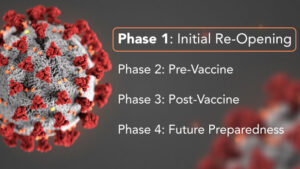
Even though a timeline for re-opening or vaccination has not been clearly established, solving for Phases 1 and 2 is an immediate priority for companies. It will also be important for companies to eventually formulate contingency plans that can be used for the next pandemic, which will provide a roadmap for how your organization might flex to a fully remote model from an in–office or customer-facing model and back seamlessly as conditions change. With Phase 3 a minimum of six months away, and with the evolution of new operational and cultural norms developing between now and when a vaccine arrives, Vynamic recommends pausing on Post-Vaccine planning until late 2020.
This piece will focus strictly on Phase 1: Initial Re-Opening with other insights to follow soon, focusing on Phase 2: Pre-Vaccine.
Addressing Phase 1 – Initial re-opening
Almost as important as articulating how to re-open the workplace is answering the initial question of when your business will begin the process of re-opening. As your team develops its Return-to-Workplace Plan, it must weigh the potential financial and reputational benefits and risks of taking a “leader” vs. “follower” role.
Using life science companies as an example, if one life science company re-opens its offices and/or permits its field force back into HCP offices on July 1 and another waits until August 1, how will those decisions be perceived by the market and the organization’s team members? Would the “leader” be viewed positively for returning? Or would the “follower” be lauded for putting employee and customer safety ahead of profits? It’s likely that the viewpoint will be highly personalized – where shareholders may praise a quick return, employees may feel trepidation at being part of a “leader” organization on the return to workplace front.
Additionally, how might a life science company be viewed if the priority remains to pursue the advancement of science and medicine for patients. How does that play out in reopening with respect to timing phasing in departments based on how closely it ties to said mission? Would they be considered a leader or too focused on shareholder return?
Only time and the progression of COVID-19’s impact within that particular workplace will dictate whether the return to workplace in hindsight is viewed as beneficial or reckless. Long-term implications for employee, customer (HCP and patient), and shareholder engagement will all need to be considered.
Anchoring on a streamlined return-to-workplace plan approach
While it’s unlikely your organization’s overarching vision and mission will change as a result of COVID-19, core components of your business strategy are likely to be impacted by both the ongoing threat of the virus as well as the positive learnings from a forced remote working model. As a result, when developing a Return–to–Workplace Plan, it is imperative to consider the following:

Factors impacting return
While framing out the future operating plan for the organization will establish a target for the organization, the path to get there can vary widely. In defining the appropriate route for your organization, consider three interconnected perspectives:
It is important to remember that these “three legs of the stool” are all operating on different timelines with the “personal readiness” showing the greatest variability from team member to team member.
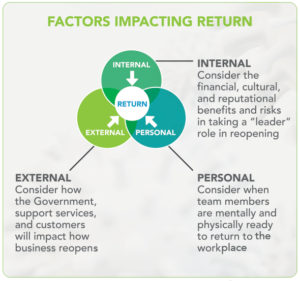
Return to workplace components – An agile approach
With a framework supported by internal, external, and personal perspectives in place, it’s time to build the Return-to-Workplace Plan. First, companies must continually assess, implement, and monitor to ensure the organization is responsive to the evolving perspectives of its key stakeholders.

Define a target date – Establishing a target date for a Return–to–Workplace Plan is critical to mobilize parties responsible for the infrastructure and processes that will support the return of employees and vendors to the work site. Establishing a target re-opening date can be driven a few simple questions:

Assess and build readiness – Since the return to the workplace will likely be an iterative process, it’s important to determine how the re-introduction of more employees in the office may impact current on-site teams as well as the overall operations. Key questions to address include:
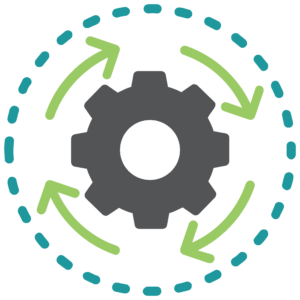
Implement the return-to-workplace plan – Maintaining the “personal readiness” perspective is paramount in successfully implementing a Return-to-Workplace Plan. Implementing too quickly or in an “all or nothing” model is likely to alienate employees and vendors while limiting the organization’s ability to implement the operating model it has developed.
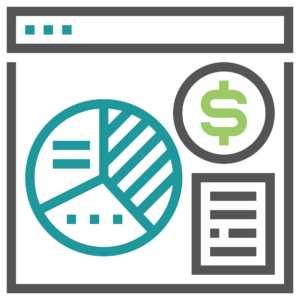
Measure – A qualitative and quantitative measurement plan should allow you to monitor and appropriately dial-up or dial-down key aspects of the Return-to-Workplace Plan. Consider the following KPIs to monitor:
In the end, a Return–to–Workplace Plan needs to focus simultaneously on the safety of the business, its employees, and the customers it serves. Employees, shareholders, and customers have been accepting of the current state precipitated by the global COVID-19 pandemic. However, organizations should devise a well thought-out Return-to-Workplace Plan that optimally paces and sequences activity to avoid forced retreat to the remote model and associated negative impacts.
Contact us to find out how Vynamic can support the development of a streamlined Return-to-Workplace Plan and ultimately drive your key business objectives.
Citations:
World Economic Forum in Collaboration with Harvard Global Health Institute. “Outbreak Readiness and Business Impact – Protecting the Lives and Livelihoods across the Global Economy”. World Economic Forum white paper. January 2019. Pgs. 6-7. Downloaded April 7, 2020.
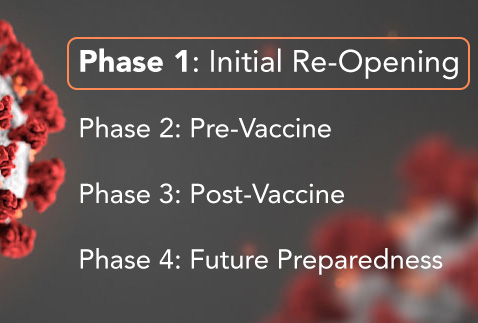
Vynamic, an Inizio Advisory company, is a leading management consulting partner to global health organizations across Life Sciences, Health Services, and Health Technology. Founded and headquartered in Philadelphia, Vynamic has offices in Boston, Durham NC, New York, and London. Our purpose is simple: We believe there is a better way. We are passionate about shaping the future of health, and for more than 20 years we’ve helped clients transform by connecting strategy to action.
Through a structured, yet flexible delivery model, our accomplished leaders work as an extension of client teams, enabling growth, performance, and culture. Vynamic has been recognized by organizations like Great Place to Work and Business Culture Awards for being leaders and innovators in consulting, company culture, and health. Visit Vynamic.com to discover how we can help transform your
organization or your career.
 Mindy McGrath
Mindy McGrath
Are you ready for the Inflation Reduction Act? Assess your readiness and adapt strategies to thrive amid regulatory changes in the healthcare...
Read more Aminah Fawad
Aminah Fawad
In M&A, success hinges on managing the most valuable asset: people. This insight explores why a people-centric approach is crucial for post-deal su...
Read more Colleen Lawlor
Colleen Lawlor
Bring clarity to complexity and ensure a successful Alliance Launch with a cohesive culture, streamlined processes, and efficient asset management.
Read more